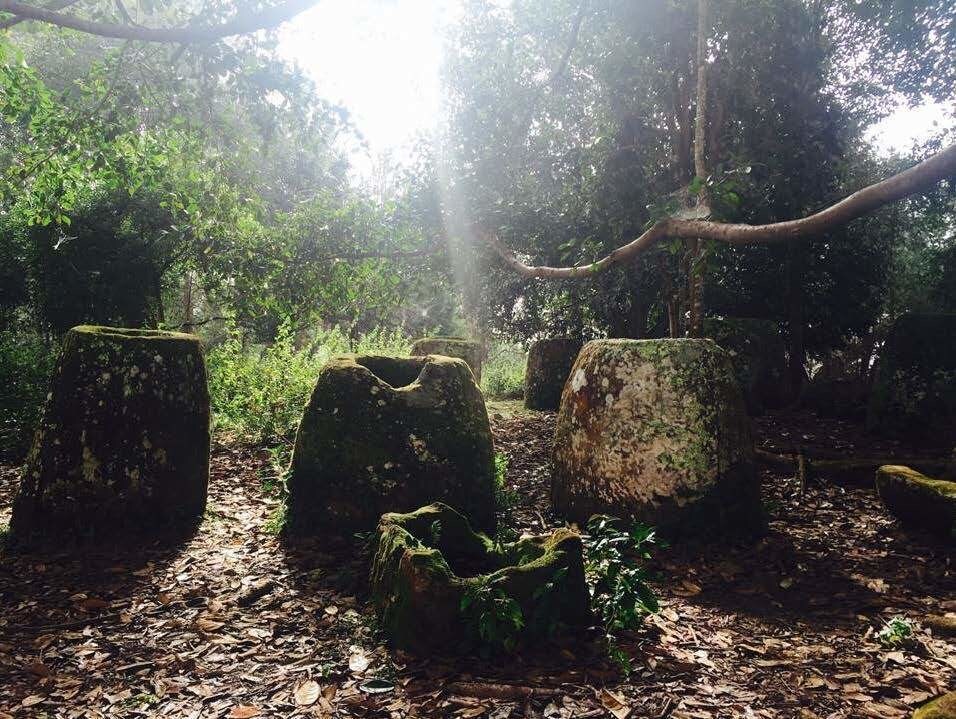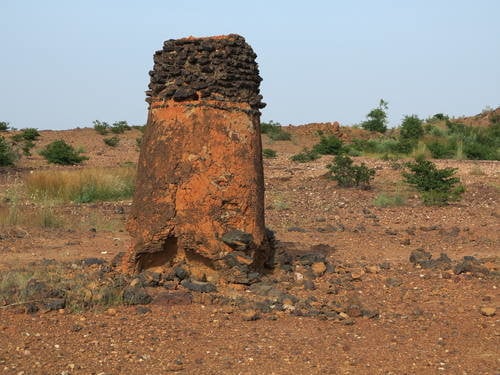Here are what UNESCO considers to be remarkable new World Heritage Sites

There are more than 1,000 World Heritage Sites across the globe.
Image: UNESCO/Thorvardur Arnason
Stay up to date:
Future of the Environment
From the ancient mystery of Stonehenge to the singular beauty of Venice and the unrivalled majesty of India's Taj Mahal, there are more than 1,000 World Heritage Sites across the globe.
UNESCO’s World Heritage Committee meets annually to add more natural and cultural landmarks to the list, awarding special status and protection to places it says have “outstanding universal value”.
This year, 29 sites have been singled out – here are six examples.
1. Vatnajökull National Park – Iceland

Covering nearly 14% of the country, the landscape of this iconic region is dominated by no less than 10 volcanoes, including eight that rise from beneath the ice.
2. Writing-on-Stone – Canada

Gracing the northern edge of the Great Plains, on the border between Canada and the US, the Writing-on-Stone park is home to the largest collection of First Nations rock art. It holds great spiritual significance to the indigenous Blackfoot people.
3. Plain of Jars – Laos

More than 2,000 megalithic stone jars, used during funerals in the Iron Age, are scattered across this area of central Laos. Archaeologists think they are the most prominent evidence that exists of a civilization that disappeared in around 500 CE.
4. Budj Bim Cultural Landscape – Australia

Victoria state’s Budj Bim is the only World Heritage Site in Australia listed purely for its Aboriginal cultural values. The landscape features one of the world’s earliest examples of aquaculture, with a history of eel farming dating back more than 6,000 years.
5. Paraty and Ilha Grande – Brazil

This picturesque landscape boasts the historic centre of Paraty, one of Brazil’s best-preserved coastal towns, and four protected areas of the Brazilian Atlantic Forest. It’s home to a diverse array of animal species, including the endangered jaguar and extremely rare woolly spider monkey.
6. Ancient ferrous metallurgy sites – Burkina Faso

Five locations across Burkina Faso make up this site, which includes ancient furnaces, mines and traces of dwellings. The town of Douroula features the oldest evidence of iron production in the West African country.
Don't miss any update on this topic
Create a free account and access your personalized content collection with our latest publications and analyses.
License and Republishing
World Economic Forum articles may be republished in accordance with the Creative Commons Attribution-NonCommercial-NoDerivatives 4.0 International Public License, and in accordance with our Terms of Use.
The views expressed in this article are those of the author alone and not the World Economic Forum.
Related topics:
Forum Stories newsletter
Bringing you weekly curated insights and analysis on the global issues that matter.
More on Nature and BiodiversitySee all
Nunzio Peleggi
March 28, 2025
Jack Hurd
March 27, 2025
David Elliott
March 25, 2025
Victoria Masterson, Stephen Hall and Madeleine North
March 25, 2025
Gareth Francis
March 25, 2025







